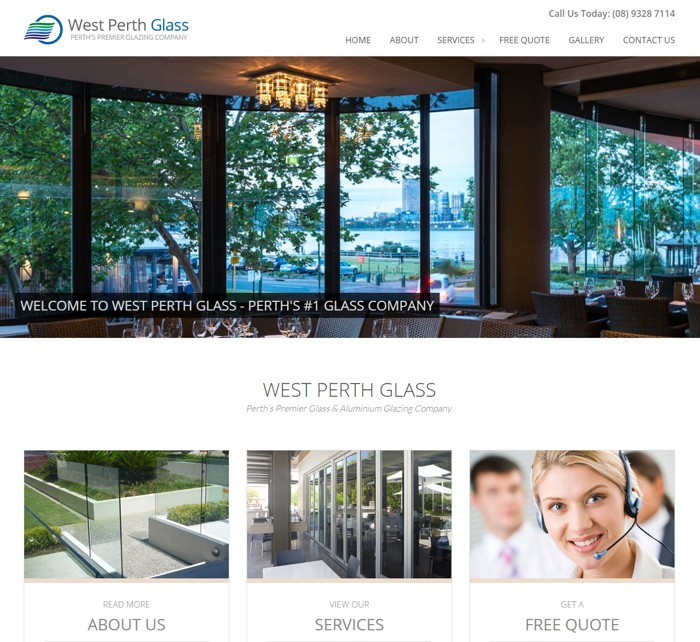
Our Perth web designers are experts at responsive website design.
Over the past couple of years, responsive websites have become a hot topic in the online community and is fast entering the realm of standard practice. Responsive websites respond to their environment which basically means websites should adapt their layout and design to fit any device that chooses to display it.
Responsive web design allows optimal viewing of websites with a minimum of resizing and scrolling – on a wide range of devices from desktop computer monitors, laptops to mobile phones or tablet devices. These important benefits of building responsive websites should give you ‘food for thought’ about upgrading your current website so that it is able to be viewed and function correctly on any sized screen – and in particular, all mobile devices.
As website browsing increasingly goes mobile, it is of vital importance that all websites keep up with technology and provide the opportunity for mobile users to not only view the site adequately, but to be able to interact with it according to all its possible functions such as quote form submissions, online retail purchasing etc.
GET A FREE QUOTE: Schedule Your Consultation
Adaptive Design vs. Responsive Design
There has been quite a hullaballoo when it comes to responsive websites. The year 2013 was flooded by the news of the new method. It was the answer that designers had been looking for all along. Not only was it easy to make without the need to create the same content for various types of screens, it was also cost effective.
What must be considered, however, is just what makes responsive web design so much better than adaptive web design.
Control
The very first factor that must be considered when comparing the two methods is that of control. With a limited number of outcomes and elements to take care of, adaptive design definitely provides much more control over to the designer.
Content Optimisation
When the data is delivered to a screen in adaptive design, its positions and final look are already predefined, and only those assets which will be implemented are downloaded. In responsive design; however, all assets re downloaded regardless of the screen that it is delivered to. GET A FREE QUOTE: Schedule Your Consultation

Device Optimisation
This is where it gets difficult for adaptive design and what actually prompted the need for a more responsive solution. When it comes to adaptive design, multiple templates need to be created for each device. This has become increasingly difficult as the mobile market continues to grow, and a larger variety is introduced every few weeks. Responsive design, on the other hand, requires only one template that can be delivered to all devices.
Performance
Since adaptive design only loads the required elements, it tends to load much faster than the responsive alternative. Responsive design requires all assets and resources to be downloaded before they can be delivered to the user’s screen.
Testing
Testing an adaptive layout is much cheaper and more convenient to carry out. This is because of the limited number of outcomes and the linear approach. Responsive design, on the other hand, requires a more comprehensive approach where it needs to consider all the capabilities of its devices, such as Flash support, Java, drop-down menus, and others.
The increased number of possible outcomes also increases the possibility of failure, requiring a longer and more comprehensive testing process than adaptive design. Ultimately, the choice of design depends on certain factors, such as the branding, user familiarity with the design, functionality, sharing potential, and budget. Talk to one of our team today about how responsive web design can help your business get an edge online.
GET A FREE QUOTE: Schedule Your Consultation










